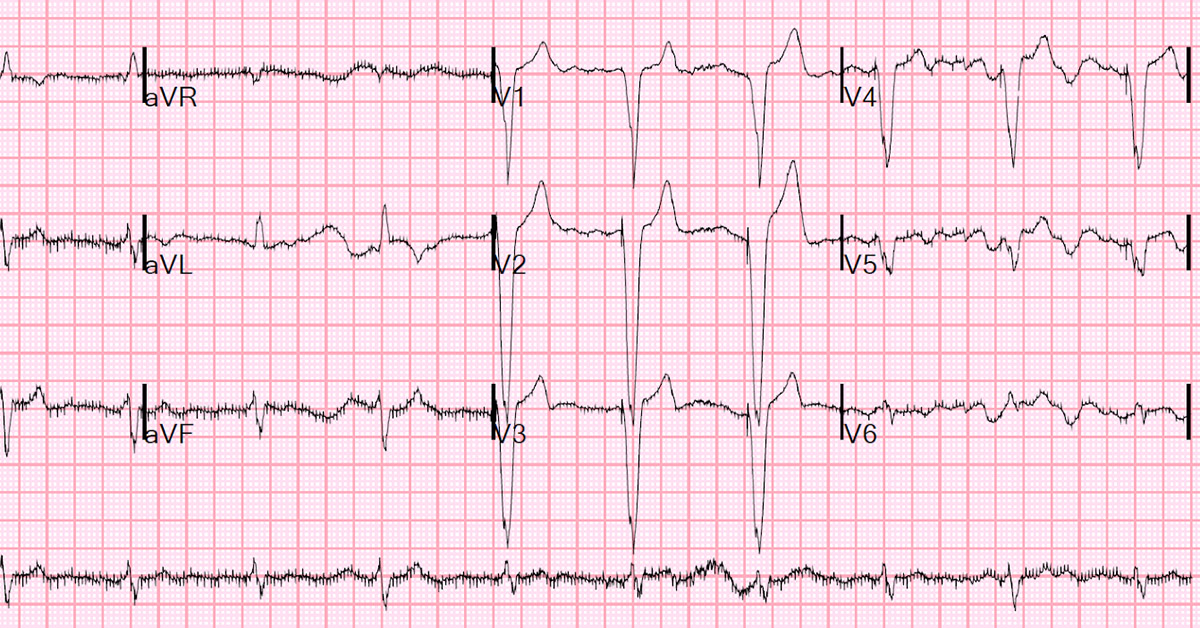Atrial fibrillation (AF) is a type of abnormal heart rhythm that is linked to higher risk of cardiovascular diseases, including stroke. A risk factor for AF is increasing age, however, it is unclear how many older adults likely have the condition.

A new study led by recent School of Public Health graduate Mary Rooney (PhD ’19) examined the prevalence of undiagnosed AF in thousands of older adults.
The findings were published in the American Heart Association journal Circulation: Arrhythmia and Electrophysiology.
Rooney focused on the prevalence of AF because the health care community is currently debating the pros and cons of screening older adults for the heart issue. People with AF can experience various symptoms, such as skipped heart beats or dizziness. However, many individuals feel nothing irregular at all, resulting in undiagnosed cases.
To learn more about AF’s prevalence, the researchers studied 2,616 people participating in the ongoing Atherosclerosis Risk in Communities (ARIC) study who were ages 74-84 and had never been diagnosed with the condition. The participants were invited to wear a device that could monitor their heart rhythm continuously for two weeks. A subsample of people were asked to wear another device for a total of four weeks of monitoring.
The study found:
- 2.5% of participants were found to have undiagnosed, “subclinical” AF;
- obesity and left atrial enlargement were associated with a higher prevalence of subclinical AF;
- AF occurred intermittently in 75% of the cases detected;
- extending heart rhythm monitoring from two to four weeks increased detection of AF by 78%.
“Our findings contribute important information to an evolving debate on screening older adults for AF,” says Rooney. “Until now, we didn’t really know how many older adults had these abnormal heart rhythms. These findings will inform the discussion and future screening strategies in the community.”
Rooney said the findings are particularly important for clinicians and health researchers.
“AF is often thought of as an all or nothing condition, but there is growing appreciation for understanding how much AF that a person experiences,” said Rooney. ”Many people may have AF episodes once in a while, while others may continuously have them. Now, we need to understand the medical implications of detecting subclinical AF.”

